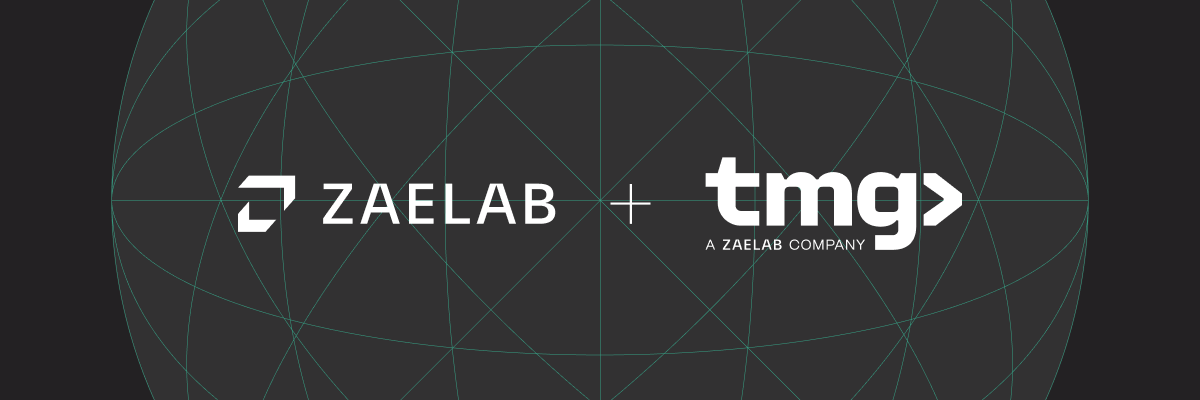Key Aspects of Digital Transformation
How Agile methodology supports digital transformation
Moreover, Agile enhances planning cycles by leveraging customer-centricity by integrating regular feedback to ensure that products and services meet user needs, making features and enhancements more relevant and valuable. It also mitigates risks in digital transformation by breaking projects into manageable components for frequent assessment and adjustment, thus reducing the likelihood of large-scale failures.
It even promotes cross-functional collaboration, continuous delivery, and data-driven decision-making, while frameworks like SAFe and LeSS ensure scalability and flexibility as organizations expand their digital initiatives. Companies using frameworks like SAFe report a 30-75% faster time-to-market, a 20-50% increase in productivity, and 25-75% improvements in quality.
From a Consulting Perspective



